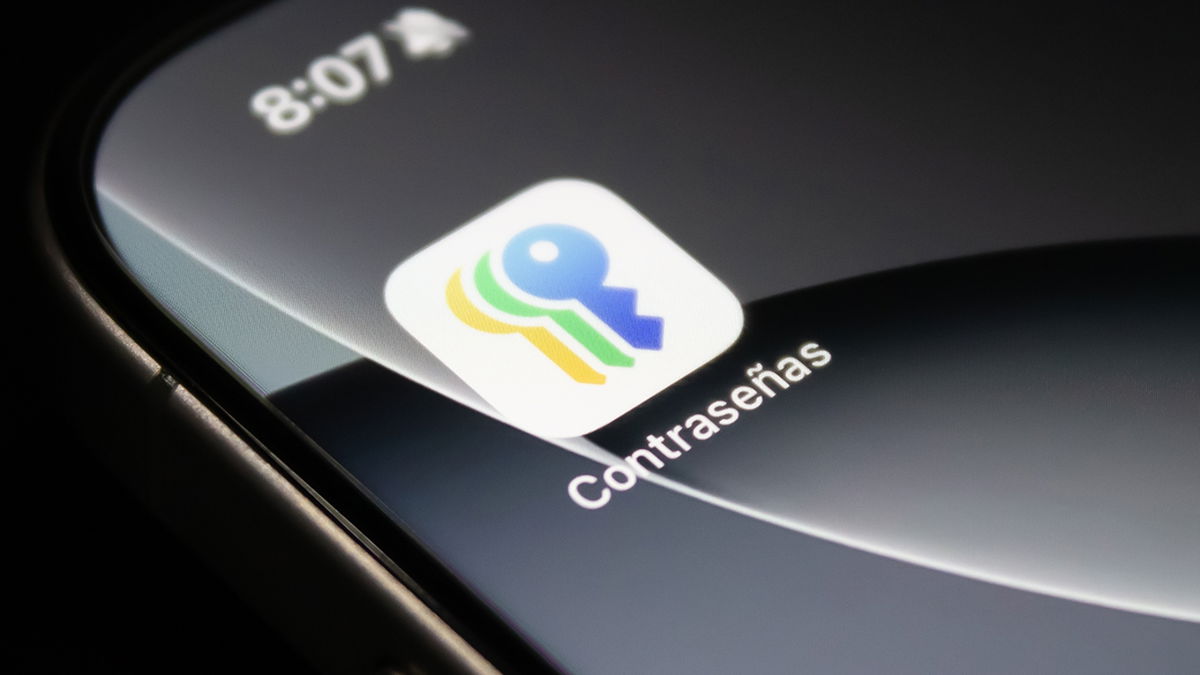For the first time since the iPad arrived in 2010, Apple has gone a full year without a new model, meaning 2024 will be huge for the tablet line. Each model is due for a refresh, with the iPad Pro receiving an all-new OLED display for the first time.
This may not seem like a big deal because the iPad Pro already has a great screen. The 12.9-inch model was the first to feature a mini-LED XDR display with 2,596 full-array local dimming zones and it’s one of the best displays on the planet. But the move to OLED isn’t just about pixels: it has the potential to take the iPad Pro to the next level in three significant ways.
Always active
The iPhone has had an OLED display since the iPhone X in 2017, but it only got a permanent option last year. And in true Apple fashion, it was worth the wait. The Always-On Display on the iPhone 14 Pro and iPhone 15 Pro models is one of the best implementations we’ve seen, using elements from the customizable lock screen to create something as unique as it is beautiful.
Apple has positioned the iPhone’s always-on display as a Pro option with Pro display requirements: Super Retina XDR display, ProMotion technology with adaptive refresh rates up to 120 Hz and as low as 1 Hz. Assuming While the iPad Pro has the same screen technology, Apple will almost certainly bring this feature to the iPad as well, so the giant screen will no longer be a black, empty space.

Apple
Standby
The always-on display comes with another feature designed to work when you’re not using your device: sleep mode. A new iPhone feature in iOS 17 that is something of an extension of the Always-On Display, it turns your iPhone into a smart display when charging and in landscape mode. The iPhone 15 Pro’s always-on display makes sleep mode even better with large widgets that are always visible and easy to see from afar.
Sleep mode is nice on a desk or nightstand, but it would be fantastic on the iPad, where it could open the door to turning Apple’s tablet into a true home hub. Google and Amazon already do something similar with their own Hub and Show devices, but Sleep Mode on the iPad could create a true two-in-one device, especially when paired with a dock or a magnetic support.
Dynamic Island
Since the iPad never had a notch, its design was always somewhat hampered since the edges had to be a certain thickness to accommodate all those sensors. In addition to its OLED screen, the iPad Pro should benefit from a redesign for the first time since 2018.
We don’t know what the new design will look like, but I’m going to assume two things: the camera will move to the longer edge like on the 10th generation iPad and the bezels will shrink. If so, now is the perfect time to introduce Dynamic Island to the iPad Pro lineup, bringing creative cutting to a big screen for the first time. With the extra screen real estate, Apple could turn Dynamic Island into a next-level productivity tool for more than just stopwatches and scores.








